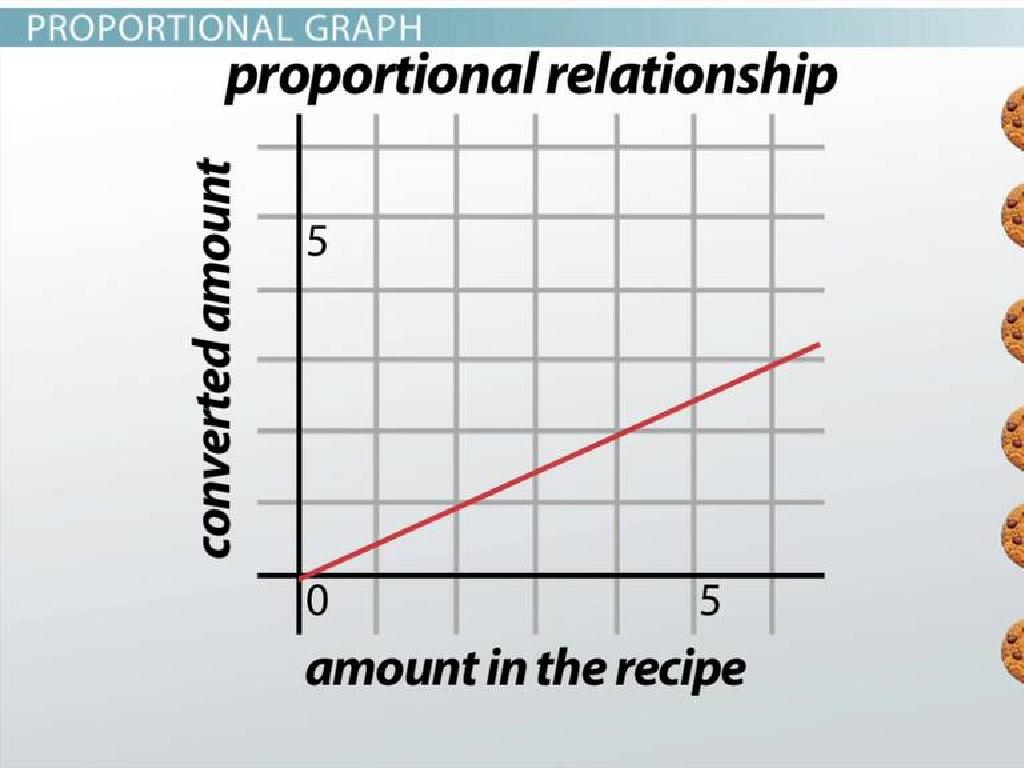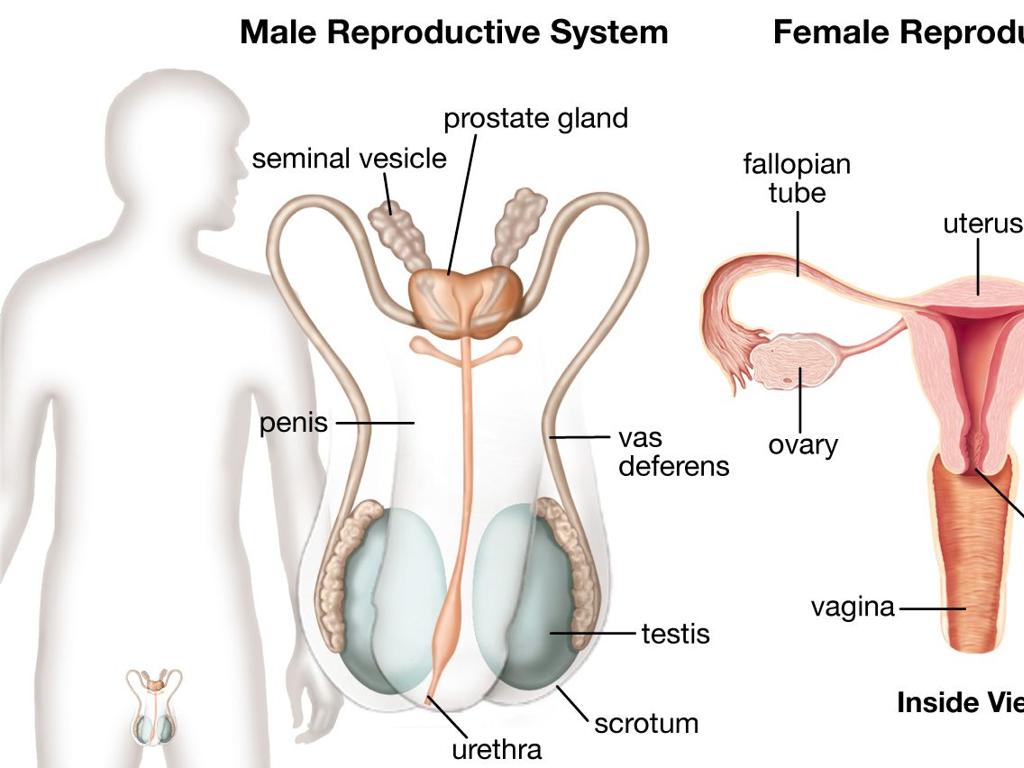Common Ancestry And Phylogeny
Subject: Science
Grade: High school
Topic: Biology
Please LOG IN to download the presentation. Access is available to registered users only.
View More Content
Welcome to Biology: Exploring Our Roots
– Understanding biological heritage
– How species are connected through evolution
– Defining common ancestry
– All life forms descended from a shared ancestor
– Introduction to phylogeny
– The study of the evolutionary history of organisms
– Today’s lesson overview
– We’ll explore how species are related and construct phylogenetic trees
|
This slide introduces the concept of common ancestry and phylogeny, setting the stage for a deeper dive into evolutionary biology. Students will learn how all organisms are linked through a shared biological heritage, tracing back to a common ancestor. The lesson will define common ancestry and introduce phylogeny, the branch of biology that deals with the evolutionary development and diversification of a species or group of organisms. Students will be guided through the process of constructing and interpreting phylogenetic trees, which visually represent the relationships between different species. Encourage students to think about the implications of common ancestry on biodiversity and the interconnectedness of life.
Exploring Common Ancestry
– Define common ancestry
– Common ancestry refers to the shared origin of different species.
– Examples of common ancestors
– Humans and chimpanzees share a common ancestor that lived millions of years ago.
– Common ancestry’s role in evolution
– It explains how diverse species evolved from a single ancestral species.
– Significance in evolutionary biology
|
This slide introduces the concept of common ancestry, a cornerstone of evolutionary biology. It’s the idea that all living organisms are linked by descent from common ancestors. Provide examples like the shared ancestry of humans and chimpanzees to illustrate this point. Emphasize the importance of common ancestry in understanding the evolutionary process, as it helps explain the similarities and differences among species. Discuss how this concept supports the theory of evolution and its acceptance in the scientific community. Encourage students to think about the implications of common ancestry for the diversity of life on Earth.
Evidence of Common Ancestry
– Fossil records show transitions
– Fossils like Archaeopteryx bridge gaps between species, showing evolution.
– Genetic similarities link species
– DNA comparisons reveal shared ancestry among diverse organisms.
– Homologous structures in vertebrates
– Similar limb bones in different animals indicate a common ancestor.
– Evolutionary significance
|
This slide aims to highlight the evidence supporting the theory of common ancestry and phylogeny. Fossil records provide snapshots of evolutionary transitions, exemplified by Archaeopteryx, which shows features of both dinosaurs and birds. Genetic similarities, such as those found in the genetic code or specific genes, suggest a shared lineage among different species. Homologous structures, like the limb bones of vertebrates, point to a common ancestor despite their current diverse forms and functions. Understanding these concepts is crucial for students to grasp the evidence for evolution and the interconnectedness of life on Earth. Encourage students to think critically about how these pieces of evidence support the theory of evolution.
Introduction to Phylogeny
– Defining Phylogeny
– Phylogeny is the evolutionary history and relationship among species.
– Reading Phylogenetic Trees
– A diagram showing the evolutionary relationships, resembling a tree.
– Branches and Nodes Significance
– Branches represent lineages; nodes are common ancestors.
– Phylogeny’s Role in Biology
|
This slide introduces the concept of phylogeny, which is central to understanding evolutionary biology. Phylogeny allows us to see the evolutionary history of species and how they are related to one another. A phylogenetic tree is a visual representation of these relationships, with branches indicating lineages and nodes representing common ancestors. The length and position of branches can provide information about the chronological sequence of evolutionary events and the degree of relatedness among species. Understanding how to interpret these trees is crucial for students as it provides insights into the diversity of life and the processes that drive evolution. Encourage students to think about the tree of life and how all living organisms are connected through common ancestry.
Building a Phylogenetic Tree
– Criteria for phylogenetic trees
– Based on morphological and genetic similarities/differences.
– Role of molecular clocks
– Molecular clocks use mutation rates to estimate species divergence times.
– Constructing bird phylogeny
– Case study: Using DNA to understand bird evolution.
– Analyzing evolutionary relationships
|
This slide introduces the concept of phylogenetic trees and how they are constructed using various criteria, including morphological and genetic data. Molecular clocks are a crucial tool in this process, as they allow scientists to estimate the time of divergence between species based on the rate of genetic mutations. The case study on birds will provide a practical example of constructing a phylogenetic tree, demonstrating how DNA analysis can shed light on the evolutionary history of a group. Students should understand that phylogenetic trees are hypotheses about the evolutionary relationships among species and are constantly refined with new data.
Phylogeny and Classification
– Traditional vs. Phylogenetic Systems
– Traditional systems classify by observable traits, while phylogenetic systems use evolutionary relationships.
– Cladistics in Classification
– Cladistics is a method that groups organisms by common ancestry and shared characteristics.
– Revising Taxonomy with Phylogeny
– Taxonomy is updated to reflect evolutionary relationships, leading to reclassification of some species.
– Impact on Biological Understanding
|
This slide introduces students to the concept of phylogeny and its role in the classification of organisms. Traditional classification systems, which were based on observable characteristics, are contrasted with phylogenetic classification systems that consider the evolutionary history of organisms. Cladistics is highlighted as a method used in phylogenetic classification to group organisms into clades based on common ancestry. The slide also discusses how taxonomy, the science of naming and classifying organisms, is being revised to incorporate phylogenetic information, which can lead to changes in the way species are classified. This has a significant impact on our understanding of biology and the relationships between different life forms. Encourage students to think about the implications of classifying life forms based on genetic information versus physical traits.
Class Activity: Construct Your Own Phylogenetic Tree
– Choose a group of organisms
– Research and collect data
– Look for traits, DNA, fossil records, etc.
– Construct a phylogenetic tree
– Use branching diagrams to show evolutionary relationships
– Present your tree to the class
|
This activity is designed to help students apply their understanding of common ancestry and phylogeny by creating their own phylogenetic trees. Students should select a diverse group of organisms and gather data on their physical traits, genetic information, and fossil records. They will use this data to infer evolutionary relationships and construct a tree diagram that visually represents these relationships. Upon completion, students will present their findings to the class, explaining the reasoning behind the placement of each organism on their tree. This will reinforce their understanding of phylogeny and the evidence used to construct these trees. Possible groups include mammals, birds, reptiles, or even plants. Encourage creativity and critical thinking throughout the process.






